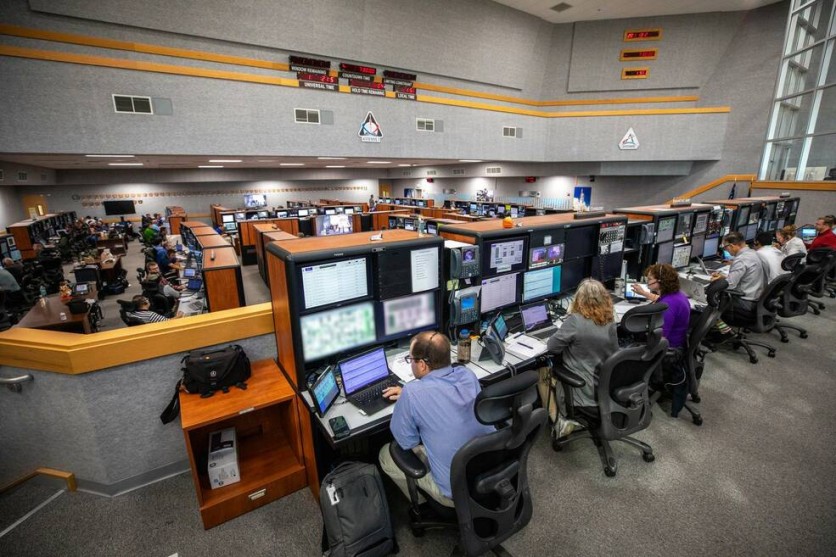NASA's Artemis launch team recently achieved a significant milestone as they completed the first simulation for Artemis II, the highly anticipated crewed mission under the ambitious Artemis program.
The simulation occurred on July 20 at the Launch Control Center at NASA's Kennedy Space Center in Florida.

NASA Launches Simulation for Artemis II
As NASA prepares to embark on a journey around the moon with a crew of four astronauts, extensive simulations are being conducted to ensure that all personnel involved are fully prepared and focused.
Regular simulations have been a cornerstone of launch preparations in NASA, enabling teams to practice multiple launch-day scenarios and keep their skills sharp.
Referred to as "sims," these simulations not only benefit the launch team members but also ensure that the launch control system software remains up-to-date.
They play a crucial role in determining the timing of operations and milestones during the countdown, facilitating necessary adjustments.
According to NASA, these simulations are not improvised but are carefully crafted by a dedicated training team within the Exploration Ground Systems Program (EGS).
This team aims to challenge the launch team by presenting them with a wide array of curveballs, problems, and unique scenarios to enhance their preparedness for any eventuality.
Although the crew of Artemis II was not involved in this specific simulation, NASA teams at various centers are preparing for integrated simulations involving multiple facilities and groups as the launch date approaches.
Read Also : More Americans Prefer NASA Missions Against Killer Asteroids Instead of Mars Expeditions: Survey
Cryogenic Loading Simulation
In the recent cryogenic loading simulation, the team primarily focused on handling liquid hydrogen and liquid oxygen, the main propellants responsible for powering the Space Launch System (SLS).
This simulation encompassed addressing typical issues like hydrogen leaks, erratic temperature sensors on engines, and the potential for fires.
The terminal count simulations, which aim to recreate the intense and dynamic final 10 minutes before launch, involve practicing critical milestones in a specific sequence leading up to lift-off.
However, these simulations do not progress until launch, as the primary focus is on ensuring the vehicle's safe configuration after a launch cut-off.
The launch team's rigorous training includes different other simulations, such as abort-event scenarios and interactions with the Artemis II crew.
Safety remains the top priority throughout the preparations, with the team working to ensure a successful mission for the four astronauts on board.
In addition to preparing for Artemis II, the simulations are also essential in readying the teams for future Artemis missions. NASA aims to establish a sustained human presence on the moon for scientific exploration.
"Simulations are really key to the launch team preparations," Charlie Blackwell-Thompson, Artemis launch director, said in a statement.
"Sometimes the problems the sim team puts us through are straight forward, some are complicated, some of them result in a continuation of the launch countdown, and some will result in a scrub decision. The idea behind simulations is to have a chance to practice as a team over and over again all the different things that can happen on launch day," he added.

![Apple Watch Series 10 [GPS 42mm]](https://d.techtimes.com/en/full/453899/apple-watch-series-10-gps-42mm.jpg?w=184&h=103&f=9fb3c2ea2db928c663d1d2eadbcb3e52)



